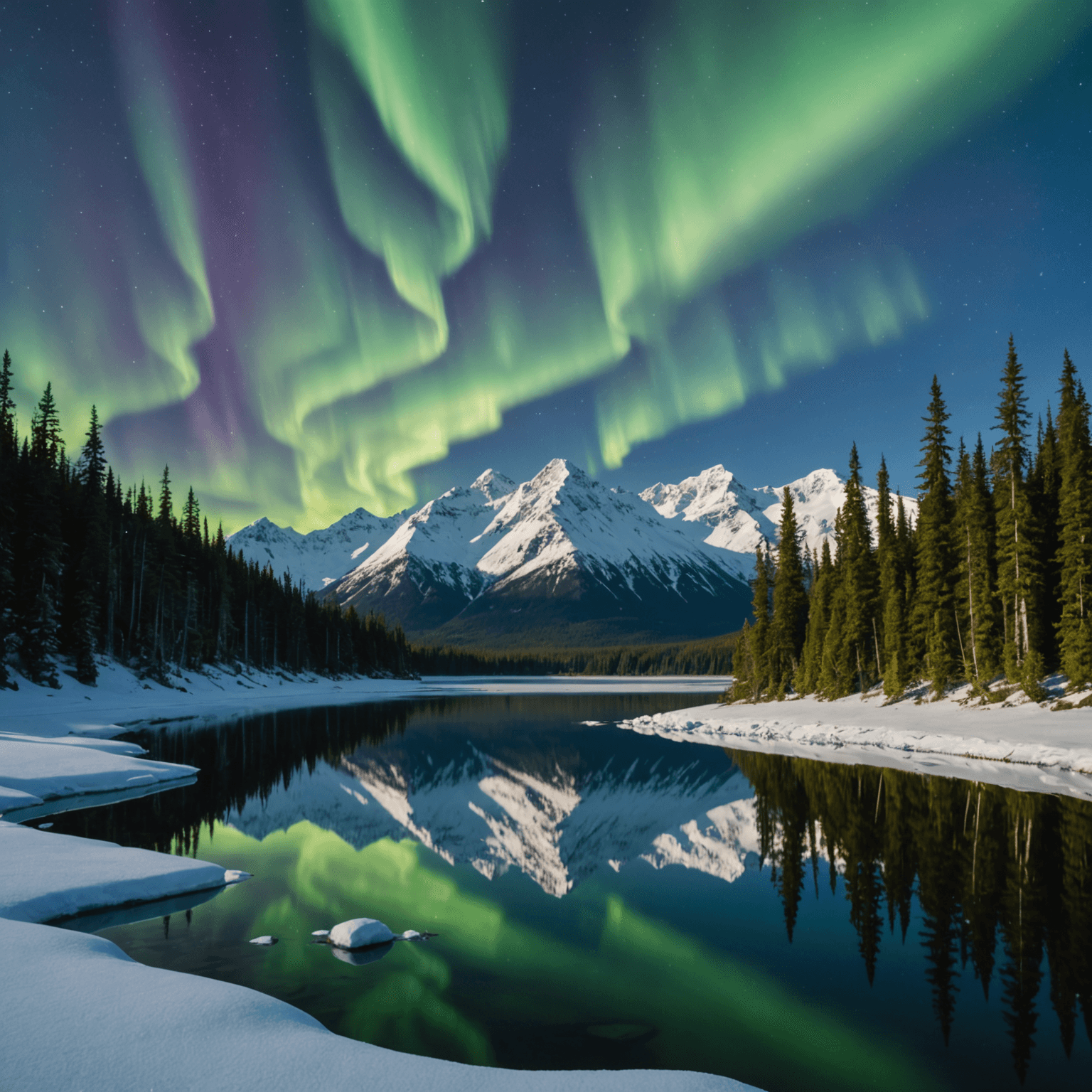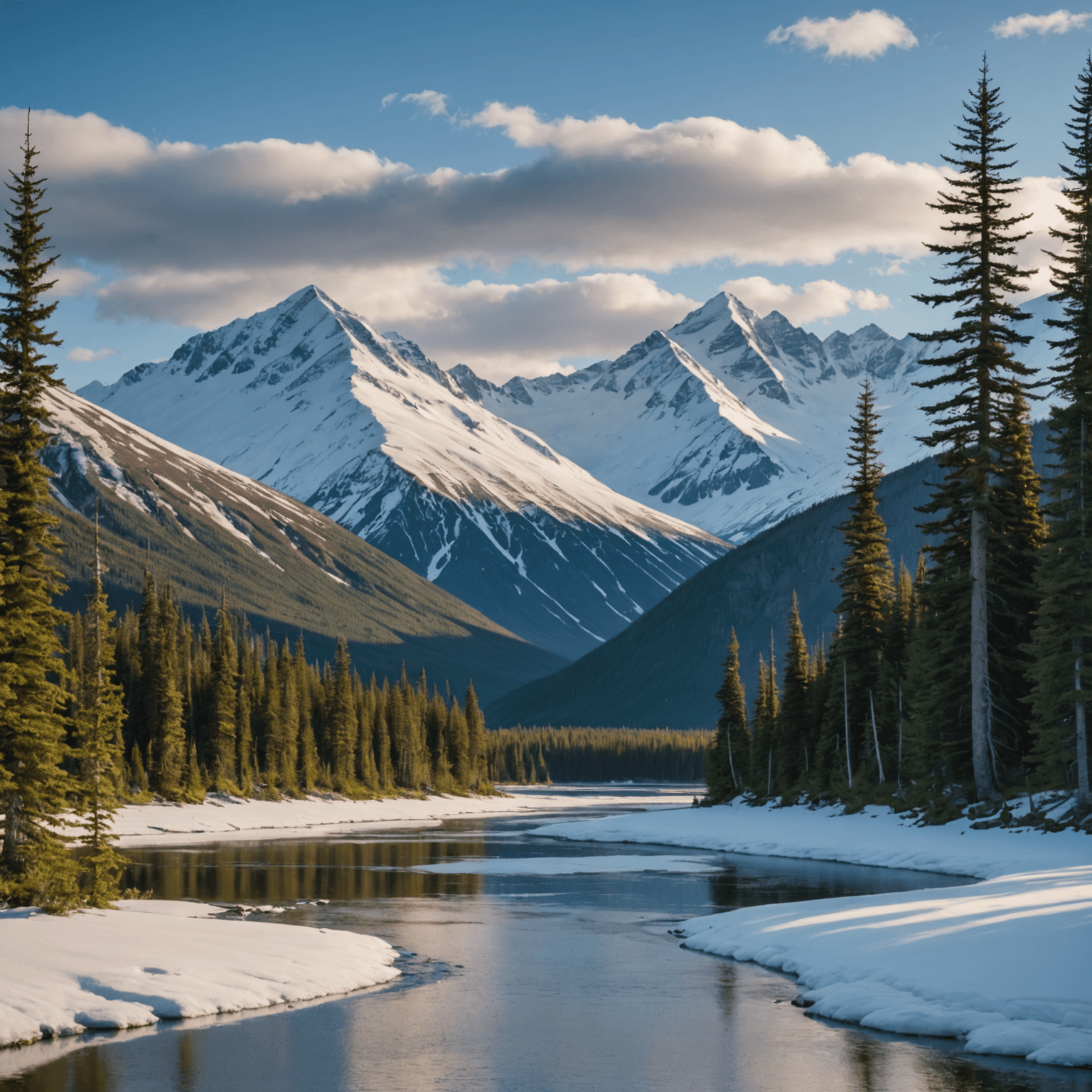Introduction
The allure of the Northern Lights, or Aurora Borealis, is undeniable. This natural spectacle captivates the imagination of travelers and stargazers alike. One of the best places to witness this breathtaking phenomenon is in Alaska. But can you see the Northern Lights in Alaska? The answer is a resounding yes. In this comprehensive guide, we’ll explore when and where you can experience the Northern Lights in Alaska, along with tips on how to maximize your chances of seeing this celestial wonder.
When to See the Northern Lights in Alaska
Best Time of Year
The Northern Lights are most visible in Alaska from late August to April, with peak viewing during the cold, dark winter months. The extended hours of darkness and clear skies during this period provide optimal conditions for observing the auroras. However, late September to early April offers the best chances due to the increased solar activity and longer nights.
Optimal Viewing Hours
The auroras are most active between 10 PM and 2 AM. This window provides the darkest skies, allowing the lights to appear most vividly. Keep an eye on aurora forecasts from reliable sources like the Geophysical Institute, which can help you plan your viewing schedule for the best experience.
Where to See the Northern Lights in Alaska
Fairbanks
Fairbanks is often considered the best place in the United States to view the Northern Lights. Located under the “auroral oval,” an area of intense auroral activity, Fairbanks offers numerous spots away from city lights to see the auroras. Consider visiting the Chena Hot Springs Resort for a unique viewing experience while soaking in a natural hot spring.
Anchorage and Surrounding Areas
Anchorage, Alaska’s largest city, offers a balance of accessibility and aurora viewing. Although city lights might hinder the view, you can travel just outside the city to spots like Glen Alps or Eklutna Lake for darker skies. Anchorage also serves as a gateway to other aurora viewing locations, making it a convenient base for travelers.
Denali National Park
For a more immersive experience, consider heading to Denali National Park where the expansive wilderness offers pristine conditions far away from artificial lights. The park is open year-round, but winter access is limited, so plan accordingly.
Talkeetna
This charming small town, known for its scenic beauty, provides excellent aurora viewing opportunities. Talkeetna is also a popular stopover for those venturing to Denali. You can combine a visit with adventure activities in the area, like dog sledding and snowmobiling.

How to Maximize Your Viewing Experience
Check the Weather
Clear, cloudless skies are essential for viewing the Northern Lights. Regularly check local weather forecasts from the National Weather Service to ensure optimal conditions.
Use Technology
Modern technology can enhance your aurora viewing experience. Utilize apps and websites that provide real-time aurora forecasts, such as the NOAA Aurora 30-Minute Forecast, to track solar activity and determine the best times to observe.
Dress Appropriately
Alaskan winters are notoriously cold, so dressing in layers is crucial. Prepare for temperatures that can drop to -20°F or lower. Insulated clothing, hats, gloves, and boots will help you stay comfortable during extended viewing sessions outdoors.
Consider Guided Tours
For those new to aurora chasing, consider joining a guided tour. Expert guides can take you to prime locations and offer insights into the science behind the Northern Lights. Tours like the Glacier Northern Lights Adventure provide a comprehensive experience combining aurora viewing with other Alaskan adventures.

Conclusion
Alaska offers some of the best opportunities to experience the Northern Lights. By planning your visit during the optimal months, choosing the right locations, and using available resources, you can enhance your chances of witnessing this awe-inspiring natural phenomenon. Whether you’re a seasoned aurora chaser or a first-time visitor, Alaska is sure to provide a memorable experience under the vibrant dance of the Northern Lights.
FAQ
Can you see the Northern Lights in Alaska year-round?
The Northern Lights are visible in Alaska primarily from late August to April. The extended daylight during summer months makes aurora viewing nearly impossible.
What is the best time of night to see the Northern Lights in Alaska?
The best time to see the Northern Lights is between 10 PM and 2 AM, when the skies are darkest and the auroras are most active.
Are there any tours available for seeing the Northern Lights in Alaska?
Yes, there are numerous tours available, such as the Glacier Northern Lights Adventure, which combine aurora viewing with other local activities.
Can you see the Northern Lights from Anchorage?
Yes, you can see the Northern Lights from Anchorage, although it is advised to travel slightly outside the city to avoid light pollution for a better view.
What should I wear when viewing the Northern Lights in Alaska?
Dress warmly in layers, as Alaskan winters can be extremely cold. Insulated clothing, hats, gloves, and boots are recommended.
Is Fairbanks a good location for seeing the Northern Lights?
Absolutely, Fairbanks is one of the best places in Alaska to view the Northern Lights, thanks to its location under the auroral oval and its clear, dark skies.
How can I predict when the Northern Lights will be visible?
You can use resources like the NOAA Aurora 30-Minute Forecast and local weather services to predict aurora activity and visibility conditions.
Are the Northern Lights more visible in certain parts of Alaska?
Yes, areas like Fairbanks, Denali National Park, and Talkeetna are particularly known for their excellent aurora viewing conditions due to their geographic locations and minimal light pollution.




